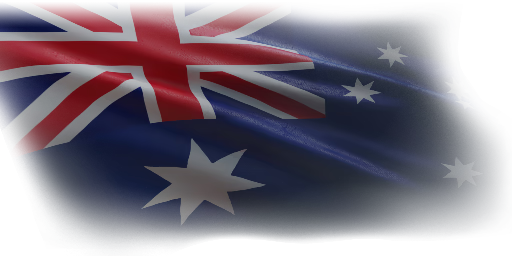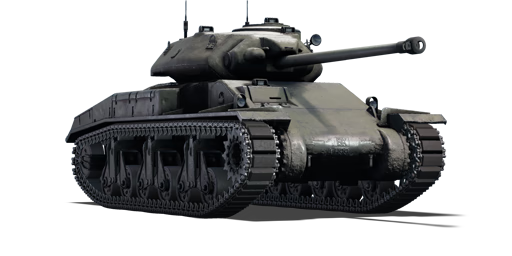




Australia began the development of the A.C.IV Sentinel as the A.C.I intended to fulfil the role of a cruiser tank. A commission was sent to the US to investigate the M3 Medium Tank since Australia lacked any kind of experience in armour development. It was decided to try a concept similar to the Canadian Ram, using the M3 as a basis and working around its design. Some other parts of the design were also based on the British Crusader tank. The tank was meant to be armed with a 2-pounder gun, but this was increased to a 6-pounder in future variants. The final version, the A.C.IV, was developed to use the new and more powerful British QF 17-pounder gun, capable of dealing with the best German tanks at the time. The turret ring was also increased to 70 inches, for greater crew comfort.
It was released some time after Update 1.55 "Royal Armour". The A.C.IV is a well-rounded tank with superior armour layout compared to other British tanks at its BR; it can occasionally bounce shells from Tigers and Panthers if lucky. It is a relatively small medium tank in comparison to the common mainstay of the other countries, especially when compared to the American Sherman tanks. The Sentinel also has a good manoeuvrability and power-to-weight ratio for the propulsion, able to accelerate to its max speed of roughly 30 km/h quickly and stay there on stable terrain. The tank has a great advantage of a decent reverse speed in comparison to other medium tanks of its calibre, with a reverse speed almost the same speed as forward. The addition of the 17-pounder gun also gives this tank strong firepower for its size, so it can stand a chance against tanks of the same tier despite being out of the league in terms of armour.
| Ammunition | Type | Armor penetration (mm) at a distance: | |||||
|---|---|---|---|---|---|---|---|
| 10 m | 100 m | 500 m | 1000 m | 1500 m | 2000 m | ||
| AP | 171 | 168 | 155 | 139 | 126 | 113 | |
| HE | 20 | 20 | 18 | 16 | 15 | 13 | |
| APC | 171 | 168 | 155 | 139 | 126 | 113 | |
| APCBC | 190 | 187 | 172 | 155 | 140 | 126 | |
| Smoke | 3 | 3 | 3 | 3 | 3 | 3 | |
| Belt | Belt filling | Armor penetration (mm) at a distance: | |||||
|---|---|---|---|---|---|---|---|
| 10 m | 100 m | 500 m | 1000 m | 1500 m | 2000 m | ||
| IT/AP/AP | 13 | 12 | 7 | 3 | 2 | 0 | |







 2 x (95 / 150 / 175) %
2 x (95 / 150 / 175) % 
 2 x 160 %
2 x 160 % 

Mobility | |
|---|---|
Protection |
|---|
Firepower | |
|---|---|